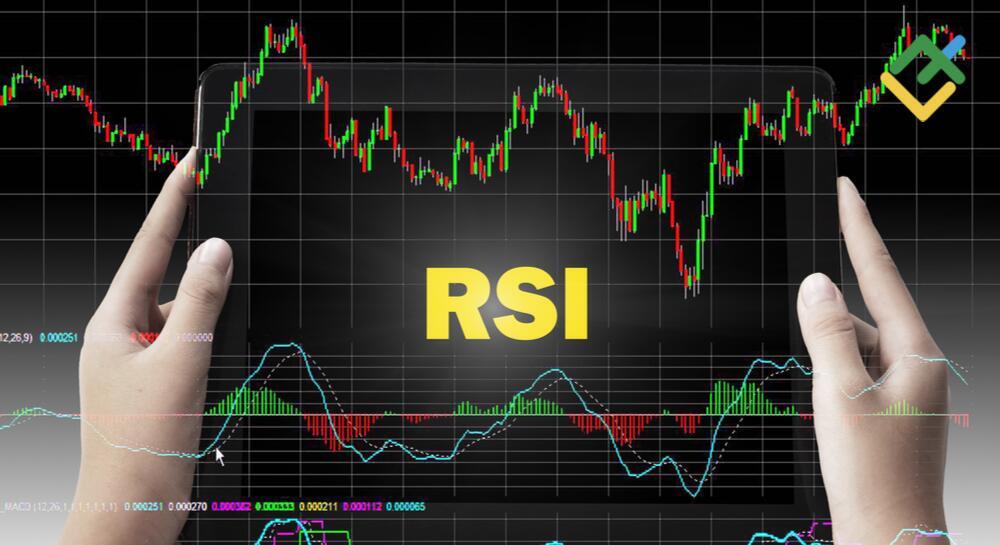Understanding the Relative Strength Index (RSI) for Trading Signals

The Relative Strength Index (RSI) is a popular tool used by traders to help decide when to buy or sell assets like stocks or commodities. It’s designed to measure how strong or weak a stock’s price is compared to its past performance. By looking at RSI, traders can find potential buy and sell signals, and understand if a price move might be strong or weak.
What is RSI? The RSI is an oscillator, which means it moves up and down between two numbers, usually 0 and 100. It compares the current price strength to past prices to give insights into whether a stock is overbought (too expensive) or oversold (too cheap). This helps traders make better decisions about buying or selling.
Here’s a simple breakdown of how RSI works and how to use it:
1. Buy and Sell Signals
- Buy Signal: Traders often look to buy when the RSI crosses above a certain level, typically 30. This suggests the stock might be oversold and due for a price increase. For example, if the RSI for a stock like Gold crosses above 30, it might be a good time to buy.
- Sell Signal: Conversely, traders might sell when the RSI drops below 70. This indicates that the stock might be overbought and could soon fall in price. If the RSI for a stock like Gold falls below 70, it might be a good time to sell.
2. How RSI Shows Overbought and Oversold Conditions
The RSI helps identify when a stock might be overbought or oversold:
- Overbought: If the RSI is above 70, it means the stock may be overbought. This could mean the price is too high and might drop soon.
- Oversold: If the RSI is below 30, it means the stock may be oversold. This could mean the price is too low and might rise soon.
3. Using RSI for Different Time Periods
RSI can be calculated for different time periods. For example, you might use a 14-day RSI or a 5-day RSI. The default setting is 14 days, but using a shorter period like 5 days can make the RSI more sensitive and provide more frequent buy and sell signals.
4. Understanding RSI Divergences
RSI divergences occur when there’s a difference between the RSI and the price of a stock:
- Bullish Divergence: This happens when the stock price makes a new low, but the RSI doesn’t follow with a new low. It could signal that the price might go up soon.
- Bearish Divergence: This occurs when the stock price makes a new high, but the RSI makes a lower high. It could indicate that the price might go down soon.
5. Example Charts
To understand how RSI works, let’s look at some example charts:
- Buy Signal Example: Suppose the RSI for the Russell 2000 futures contract crosses above 30 after a recent decline. This could suggest a potential buying opportunity.
- Sell Signal Example: If the RSI for the same futures contract drops below 70 after a rise, it could be a sign to sell.
6. Combining RSI with Other Indicators
RSI can be combined with other indicators for more accurate signals. For example, the Stochastic RSI combines the Stochastic Oscillator with RSI to provide more detailed insights.
7. RSI Confirmations and Reversals
RSI can also help confirm price moves and warn of potential reversals:
- Price Moves Confirmation: If the price of a stock makes a significant move, and the RSI confirms this move, it gives traders more confidence in the trend.
- Price Reversal Warnings: If the price makes new highs or lows but the RSI doesn’t, it might indicate a potential reversal in the trend.
Summary
The RSI is a useful tool for traders to spot potential buy and sell signals by showing how current prices compare to past prices. It helps identify when a stock might be overbought or oversold and can signal potential price reversals. By using RSI in conjunction with other indicators and understanding its signals, traders can make more informed decisions and improve their trading strategies.